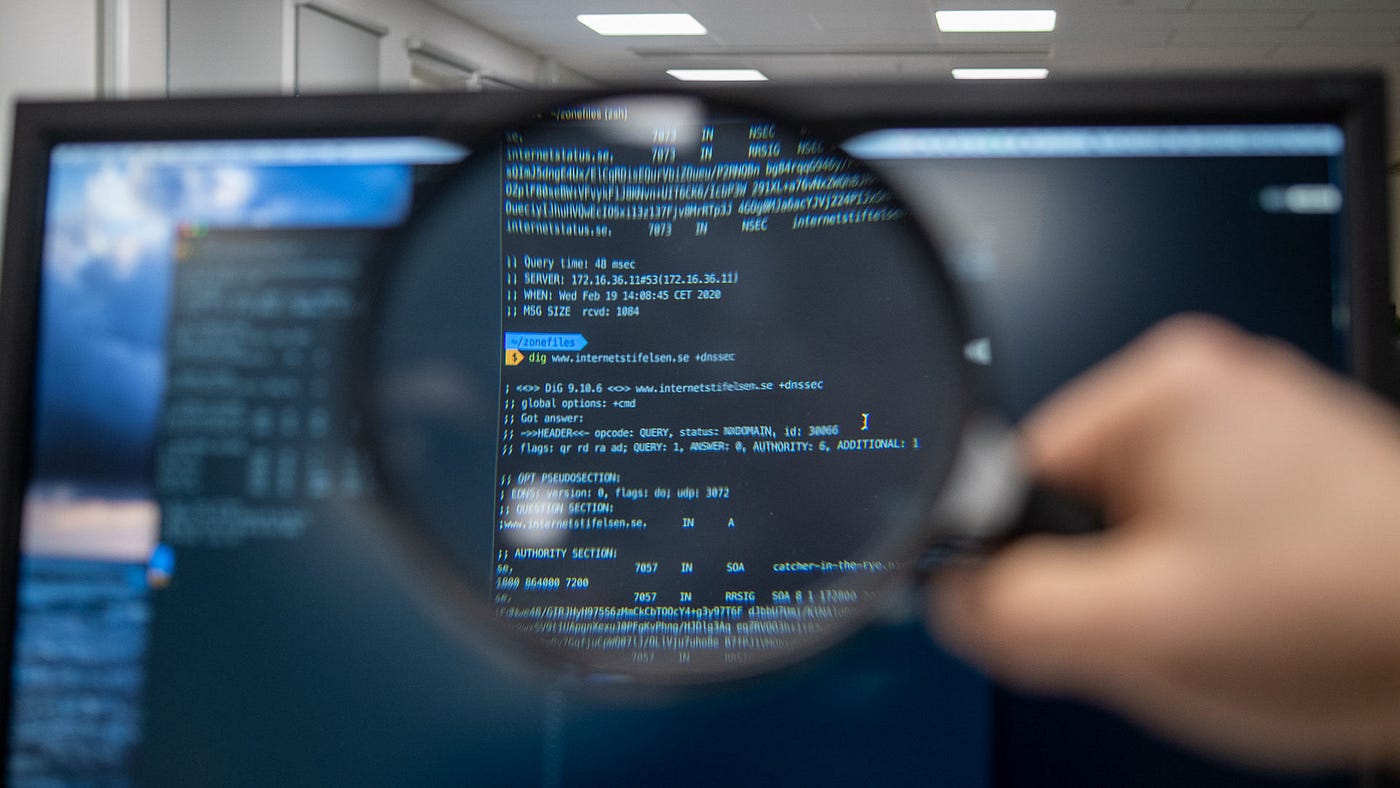The Evolution of Israeli Intelligence in the Technological and Military Context

Israeli intelligence agencies have developed since the state’s founding based on advanced intelligence traditions, including human intelligence (HUMINT) and cryptography. Over time, they expanded in response to regional security challenges. Since the wars of 1967 and 1973, Israel has equipped its agencies with the latest technologies, ranging from night-vision systems and drones (UAVs) to satellites and cyber-espionage capabilities. Investing in research, development, and innovative approaches has become standard practice, creating an environment similar to an emerging hub for innovation in information security.
In the majority of most recent confrontations, Israel relies on integrating human intelligence with high-tech capabilities to construct a comprehensive intelligence picture. However, analysts note that the sheer volume of electronic data does not guarantee perfection. In Gaza, for example, Israel developed a dense surveillance network, including drones and sensor-equipped vehicles. A Russian study described this as creating almost comprehensive intelligence coverage, yet the massive data required equally massive AI systems for processing, underlining the persistent challenge of maintaining human oversight in intelligence assessments.
“Israel relied on integrating human intelligence with advanced technological capabilities, but the massive volume of data required extensive AI systems to process it.”
Organizational Structure and Advanced Units
Unit 8200 leads in signals intelligence (SIGINT) and cybersecurity. It functions as Israel’s wide-reaching technical “eye,” comparable to the U.S. NSA or Britain’s GCHQ, according to Reuters. As the largest unit in the Israeli military, it provides roughly 80% of the intelligence collected for various agencies. Unit 8200 also serves as the entry point for young technical specialists into the defense ecosystem, many of whom later transition to Israel’s high-tech sector (“cyber”) after service. Aman also includes Unit 9900, responsible for visual imagery and geospatial intelligence (VISINT). While relatively small, it has an outsized impact. It analyzes satellite imagery, maps, and geographic surveys using advanced computer vision. For example, the advanced satellite Ofek-19, launched in 2025, is operated by Unit 9900. Electro-optical radar imagery and satellite navigation provide real-time terrain and target data, enhancing field operations and strategic decisions. Other specialized units, such as Unit 81 for developing intelligence technology and equipment, as well as teams monitoring terrestrial and space communications, further integrate Israel’s military intelligence. Overall, Aman’s structure is agile and interconnected, combining visual (9900), signals (8200), and human intelligence into a centralized analysis network under General Staff command.
Space and Cyber Intelligence and Their Strategic Role
“One factor in the October 7 failure was the false sense of security from overreliance on technology, particularly the electronic fence with cameras and sensors.”
Space capabilities are central to Israeli intelligence. Israel has launched a series of surveillance satellites (the Ofek series) covering conflict zones from Gaza to Iran. For instance, the radar satellite Ofek-19 (September 2025) uses advanced SAR imaging, allowing Israel to monitor adversaries at all times and in all conditions, according to the Ministry of Defense. Satellites are operated by units like 9900, enabling the army to locate weapon depots and underground storage and efficiently direct field operations. High-level leadership stresses that maintaining a strategic presence in space is critical for long-term survival.
Israel’s cyber capabilities are equally advanced. Since the early 2000s, the country has treated cyberspace as a national security domain. In 2018, it established the National Cyber Directorate to counter threats and coordinate government and private-sector efforts. Israel is believed to possess sophisticated offensive capabilities, demonstrated by malware like Stuxnet (2009) targeting Iran, as well as cyberattacks on Hezbollah. AI is also used for targeting; in 2023, the commander of Unit 8200 confirmed AI assists in selecting Hamas targets.
All these capabilities operate within an integrated intelligence network: satellites collect broad-area data, feeding signals units (8200) for reconnaissance, while cyber networks and targeted operations convey clear insights into enemy intentions. This integration allows Israel to gain rapid strategic situational awareness and preliminary intelligence for planning against multi-front threats in the Middle East.
Intelligence Failure in the Attack of October 7, 2023: A Strategic Collapse
The Hamas attack on October 7, 2023, exposed major weaknesses in Israel’s technologically advanced intelligence model. It is considered the largest intelligence failure in modern Israeli history, as Hamas forces breached Gaza’s borders with unprecedented intensity. Analysis by the West Point Combating Terrorism Center concluded that the failure was structural, resulting from accumulated political and intelligence shortcomings, not a single individual error.
Analysts failed to interpret signs of Hamas’ new intentions. Security leadership assumed Hamas would remain passive, given its constrained situation and financial and political pressures in Gaza. Decision-makers suffered from a technological security illusion: the electronic fence with cameras, sensors, and control networks gave a false sense of preparedness. Hamas exploited this by using drones to disable monitoring towers and disrupt intelligence flow.
Israeli intelligence also misjudged Hamas’ capabilities and intent. Similar to lessons from the 1973 Yom Kippur War, analysts underestimated potential deviations in enemy strategy. As noted by Foreign Policy, “overreliance on technological capabilities” and underestimating Hamas’ ingenuity contributed to failure. Army intelligence focused on conventional threats (e.g., tunnels) while missing the dramatic shift in Hamas’ attack methods.
Overreliance on Technology and Neglect of Human Intelligence
“Despite Israel’s strong intelligence reputation, technological superiority is not a guarantee of lasting security.”
Expert reviews highlighted that overdependence on technology, combined with underutilization of human intelligence (HUMINT), was a key failure factor. Digitally fortified borders created a false sense of technological control, with minimal single-point failures. Hamas operatives avoided conventional electronic channels through professional defensive protocols, bypassing smart interception and encryption. Experts note that technical surveillance provides data on events but rarely explains their significance, an area where experienced human sources excel. A HUMINT source behind Hamas lines, for instance, could detect messages, appointments, or unusual activity (e.g., arrival of an Iranian guest or unusual shipments) and assess its significance, potentially making a decisive difference.
Post-attack analysis suggests that challenges in evaluating security risks were both technical and methodological. Analysts concluded that the Israeli army underestimated the value of human sources due to recruitment difficulties and operational hazards in Gaza, instead relying on faster technological tools. This combination of high-tech intelligence engineering and neglect of human assets remains one of the main lessons from the October 2023 catastrophe.
In the complex post-2023 regional landscape such as the escalations against Hezbollah, strikes in Syria and Lebanon, and tensions with Iran and its allies, Israeli intelligence faces evolving challenges in “future warfare” technologies and hybrid cyber battles. Iran, for example, has deployed cyber and aerospace experts as targets for Israel, and Iranian cyber warriors have increasingly been deployed in the conflict with the Houthis. Consequently, Israel plans to strengthen international intelligence partnerships (with the U.S. and others) and expand its capacity to detect complex cyberattacks while leveraging AI for analysis.
With growing volumes of intelligence from satellites, drones, and electronic monitoring, Israel is rapidly developing AI-based data filtering and classification systems. Experts note that these systems allow massive data processing but are not free from errors or biases embedded in training data. For example, reports indicate the automated “Lavender” system used to filter Gaza information has an estimated 10% error rate, underscoring the need for human verification to avoid automated biases that could misidentify targets or overlook real threats.
Despite Israel’s intelligence reputation, recent experiences demonstrate that technological superiority alone does not ensure lasting security and stability. Overreliance on technical tools, combined with underutilization of human intelligence and flexible analysis, exposed the system’s vulnerability to technically inferior yet operationally agile opponents. This contradiction makes the collapse of some pillars of Israeli intelligence a real possibility, particularly if operational surprises like October 2023 recur. Israel’s ability to maintain its strategic position depends on addressing these gaps; failure to do so risks gradual erosion of intelligence credibility, directly affecting deterrence and regional influence. This erosion does not imply total collapse but a loss of qualitative superiority, long a cornerstone of national security.
References
- Byman, Daniel. Israeli Intelligence and the October 7 Surprise. Washington: Brookings Institution, 2023.
- Cordesman, Anthony H. Technology and the Israeli Security Doctrine. Washington, D.C.: CSIS, 2022.
- CTC at West Point. “Intelligence Failures and the Hamas Attack: Structural and Strategic Lessons.” Combating Terrorism Center Sentinel, October 2023.
- RAND Corporation. “Israel’s Intelligence, Technology, and Security Policy.” Santa Monica: RAND, 2022.
- RUSI. “Space and Cyber in Israel’s Strategic Outlook.” Royal United Services Institute Briefing Paper, 2021.
- Foreign Affairs. “Israel’s Blind Spot: The Perils of Overreliance on Technology.” Foreign Affairs, November 2023.
- Foreign Policy. “The October 7 Shock: How Israel Misread Hamas.” Foreign Policy, October 2023.
- The Atlantic. “Israel’s Intelligence Myth and Its Collapse.” The Atlantic, December 2023.
- The Times of Israel. “Israel Launches Ofek-19 Spy Satellite to Bolster Space Capabilities.” Times of Israel, September 2025.
- Reuters. “Inside Israel’s Unit 8200: Cyber Powerhouse of the IDF.” Reuters Special Report, 2023.
- Byman, Daniel. Israeli Intelligence and the October 7 Surprise. Washington: Brookings Institution, 2023.
- Cordesman, Anthony H. Technology and the Israeli Security Doctrine. Washington, D.C.: CSIS, 2022.
- CTC at West Point. “Intelligence Failures and the Hamas Attack: Structural and Strategic Lessons.” Combating Terrorism Center Sentinel, October 2023.
- RAND Corporation. “Israel’s Intelligence, Technology, and Security Policy.” Santa Monica: RAND, 2022.
- RUSI. “Space and Cyber in Israel’s Strategic Outlook.” Royal United Services Institute Briefing Paper, 2021.
- Foreign Affairs. “Israel’s Blind Spot: The Perils of Overreliance on Technology.” Foreign Affairs, November 2023.
- Foreign Policy. “The October 7 Shock: How Israel Misread Hamas.” Foreign Policy, October 2023.
- The Atlantic. “Israel’s Intelligence Myth and Its Collapse.” The Atlantic, December 2023.
- The Times of Israel. “Israel Launches Ofek-19 Spy Satellite to Bolster Space Capabilities.” Times of Israel, September 2025.
- Reuters. “Inside Israel’s Unit 8200: Cyber Powerhouse of the IDF.” Reuters Special Report, 2023.

